
The concrete canal system in Tan Son - Tap Son commune, Tra Cu district is effective in controlling water resources for agricultural production.
Difficulties with groundwater resources…
According to actual records in Cau Ngang district, in the key crop growing areas of My Long Bac commune and My Long town, during the dry season crop (from February to June), thousands of hectares of crops such as peanuts, watermelons, and pumpkins are planted; on average, each crop growing household here has to install 2-3 wells.
Ms. Vo Thi Nuong, Hanh My Hamlet, My Long Bac Commune, Cau Ngang District said: her family has nearly 08 hectares of growing vegetables. Every year, after harvesting the autumn-winter rice crop, they will start the growing season. Currently, her family is growing watermelon and has to use 02 drilled wells to have enough water for the crop.
According to information from the Department of Agriculture and Environment of Cau Ngang district, the whole district has more than 21,000 drilled wells; of which, 18,624 wells are concentrated in drilled wells with a flow rate of less than 10m3 /day; the rest have a flow rate of over 10m3 /day. In addition, through a survey by the professional sector, Cau Ngang currently has 283 damaged drilled wells and 263 wells have been plugged.
According to Ms. Vo Thi Nuong, previously, crop growers only drilled wells with a depth of 80m to less than 100m, but now, all drilled wells are more than 100m deep and must be equipped with a booster pump in the form of a priming pump through a water reservoir lined with nylon tarpaulin (area 02 x 03m and depending on the conditions of each family). However, in the dry season, at the peak from 9am to 1pm, when crop growers simultaneously run irrigation pumps, the drilled wells here all have a phenomenon of water loss.
The current dry season color growing area accounts for 60 - 65% of the total color growing area of the year (total color growing area is about 50,000ha). Due to the characteristics of dry season color growing areas, they are often distributed on sandy soil, hill slopes and sandy soil... the surface water source on the internal irrigation canals during this period is not enough for pumping and the internal canals are often far from the color growing area. Over 90% use drilled wells to utilize groundwater for dry season color growing.
This shows that the current situation of groundwater use in agriculture in Tra Vinh is mainly used for irrigation of crops, so the water shortage is becoming more and more obvious during the dry season (from February to June) and people have to drill deeper wells than before (over 100m) to access usable water; leading to increased costs of drilling deep wells, pumping water and maintenance; at the same time, posing great risks to people's livelihoods if the drought persists.
Solutions for efficient and economical use of groundwater
To raise public awareness of groundwater protection and effective use to avoid the consequences of excessive groundwater exploitation that reduces groundwater levels, leading to the risk of saltwater intrusion, especially in areas near the sea; causing land subsidence due to the gradual emptying of aquifers. Water quality is declining, possibly contaminated with alum, salt or heavy metal pollution. Recently, the model of building plastic-lined tanks to store water for growing crops of the program sponsored by UNDP, the Vietnam Community College Association is the coordinating unit, Tra Vinh University is the implementing unit has been deployed in Tra Cu district; thereby, 05 water storage bag systems have been installed to utilize recycled materials from shrimp farming tarpaulins and water-saving irrigation systems for 05 households in Ham Giang commune, Tra Cu district.
Mr. Thach Tuot, Nhue Tu A hamlet, Ham Giang commune, Tra Cu district shared: his family has been growing crops (1 crop of rice + crops) such as peanuts, pumpkins, squash, bitter melon on an area of 1.2 hectares for more than 15 years. In previous years, irrigation water was used from dug earthen ponds, but due to the depletion of surface water sources, drilled wells had to be used, which became increasingly difficult. During peak times and in the dry season, the water source was very difficult to pump up, and water drops often occurred, and additional booster pumps had to be used. Recently, he had to wake up at 1 a.m. to pump water from a small pond of about 5 m3, otherwise, in the morning, the water would not be pumped up enough for irrigation (during irrigation, he had to pump and irrigate at the same time).
According to Mr. Thach Tuot, thanks to the program supporting water storage systems and water-saving irrigation systems, watering has now reduced a lot of costs such as electricity bills, and no longer uses a large amount of water to irrigate orchids like before. The water storage system can help collect rainwater, store rainwater, as well as store fresh water from the river (for days without rain) to irrigate crops continuously for half a month.
To protect and promote the exploitation of groundwater resources in agricultural production, it is necessary to plan and control groundwater exploitation. In particular, there should be strict regulations on the depth, flow rate and density of wells; periodically monitor groundwater levels to provide early warning of deterioration.
At the same time, invest in developing small and medium-sized irrigation systems through models such as water storage ponds and canals to divert water from surface sources during the rainy season. Encourage water-saving irrigation models such as drip and sprinkler irrigation instead of flood irrigation and apply science and technology to convert crops suitable for drought conditions; use drought-resistant varieties with short growing periods.
Exploiting groundwater for agricultural production is an essential solution in the context of climate change and drought. However, if not properly managed, this valuable resource will gradually be depleted, causing many long-term consequences. Local authorities, functional sectors and people need to take specific and synchronous actions to protect groundwater resources, ensuring sustainable agricultural development in Tra Vinh.
Article and photos: WISDOM
Source: https://www.baotravinh.vn/nong-nghiep/chung-tay-bao-ve-nguon-nuoc-ngam-trong-su-dung-san-xuat-nong-nghiep-46328.html


![[Photo] Prime Minister Pham Minh Chinh meets with Hungarian President Sulyok Tamas](https://vphoto.vietnam.vn/thumb/1200x675/vietnam/resource/IMAGE/2025/5/29/dbcaa73e92ea4448a03fe1d0de6d68e8)


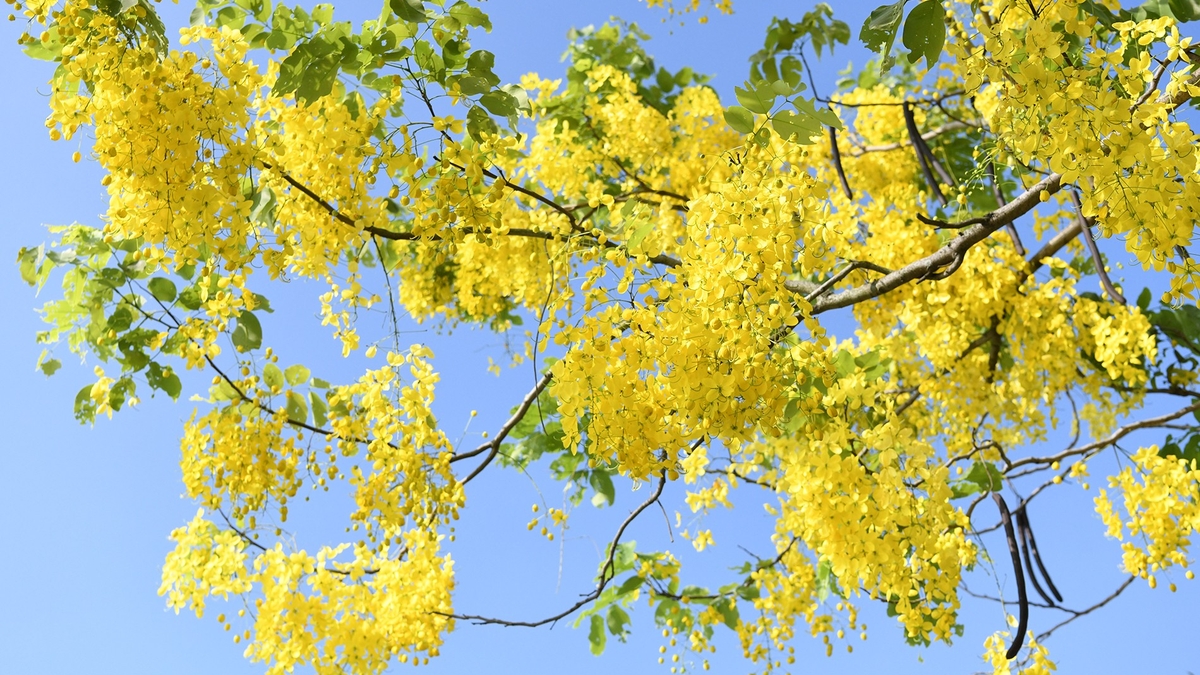
![[Photo] Prime Minister Pham Minh Chinh receives a bipartisan delegation of US House of Representatives](https://vphoto.vietnam.vn/thumb/1200x675/vietnam/resource/IMAGE/2025/5/28/468e61546b664d3f98dc75f6a3c2c880)
![[Photo] Vietnamese and Hungarian leaders attend the opening of the exhibition by photographer Bozoky Dezso](https://vphoto.vietnam.vn/thumb/1200x675/vietnam/resource/IMAGE/2025/5/29/94d8ceca5db14af3bf31285551ae4bb3)
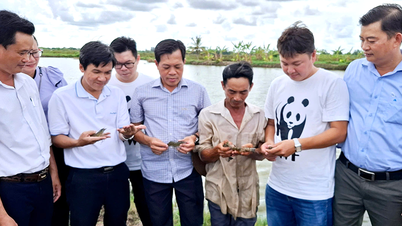
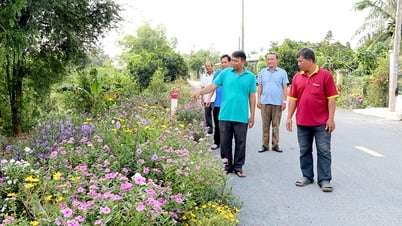
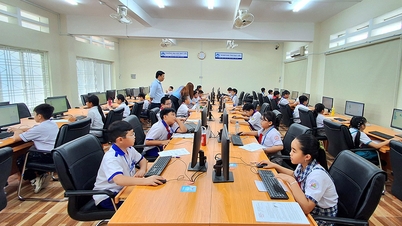
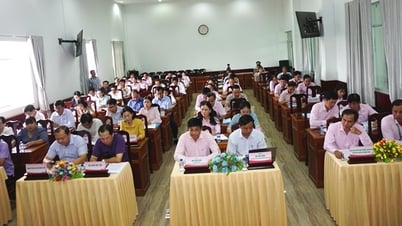
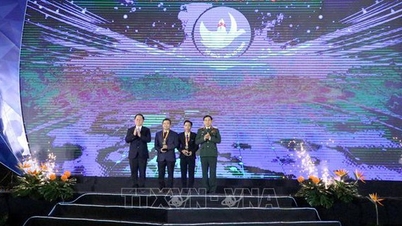
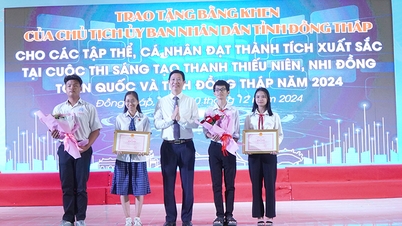






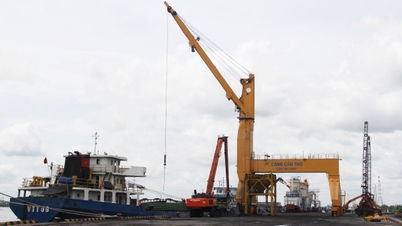
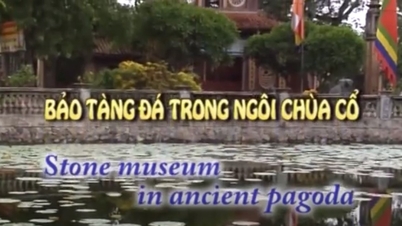

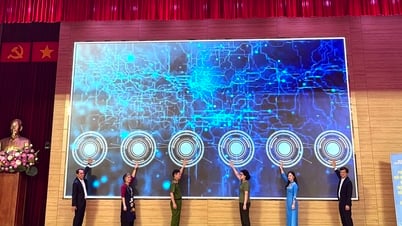

























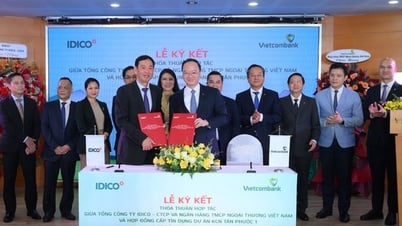










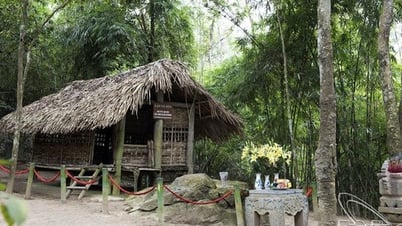
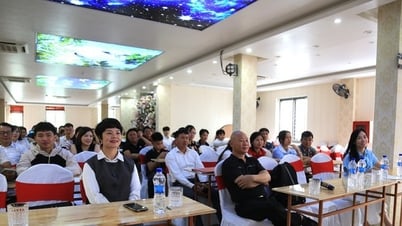
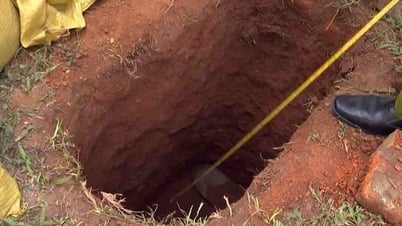
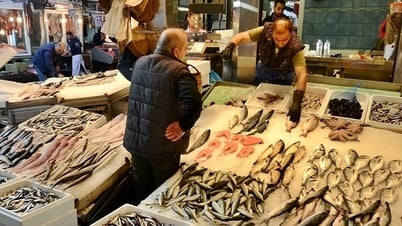

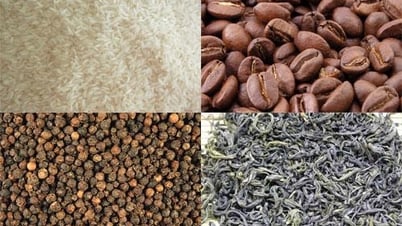
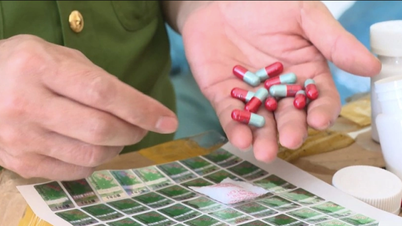

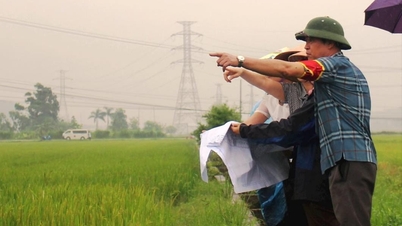
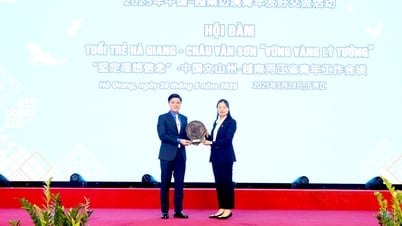

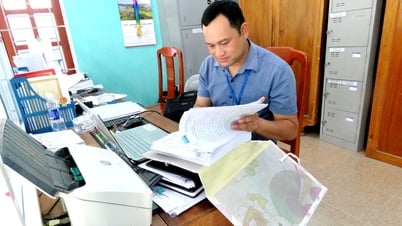
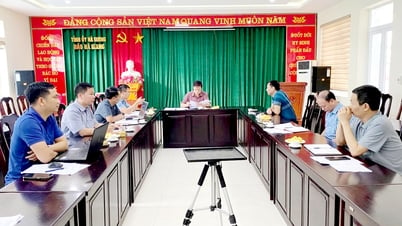
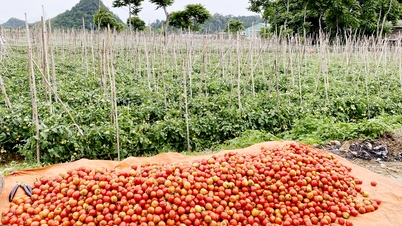










Comment (0)